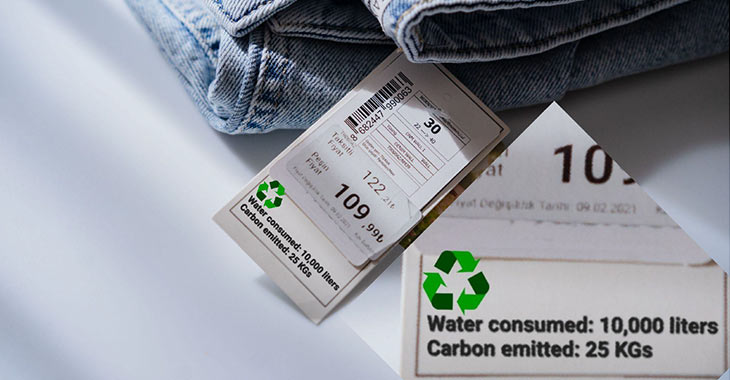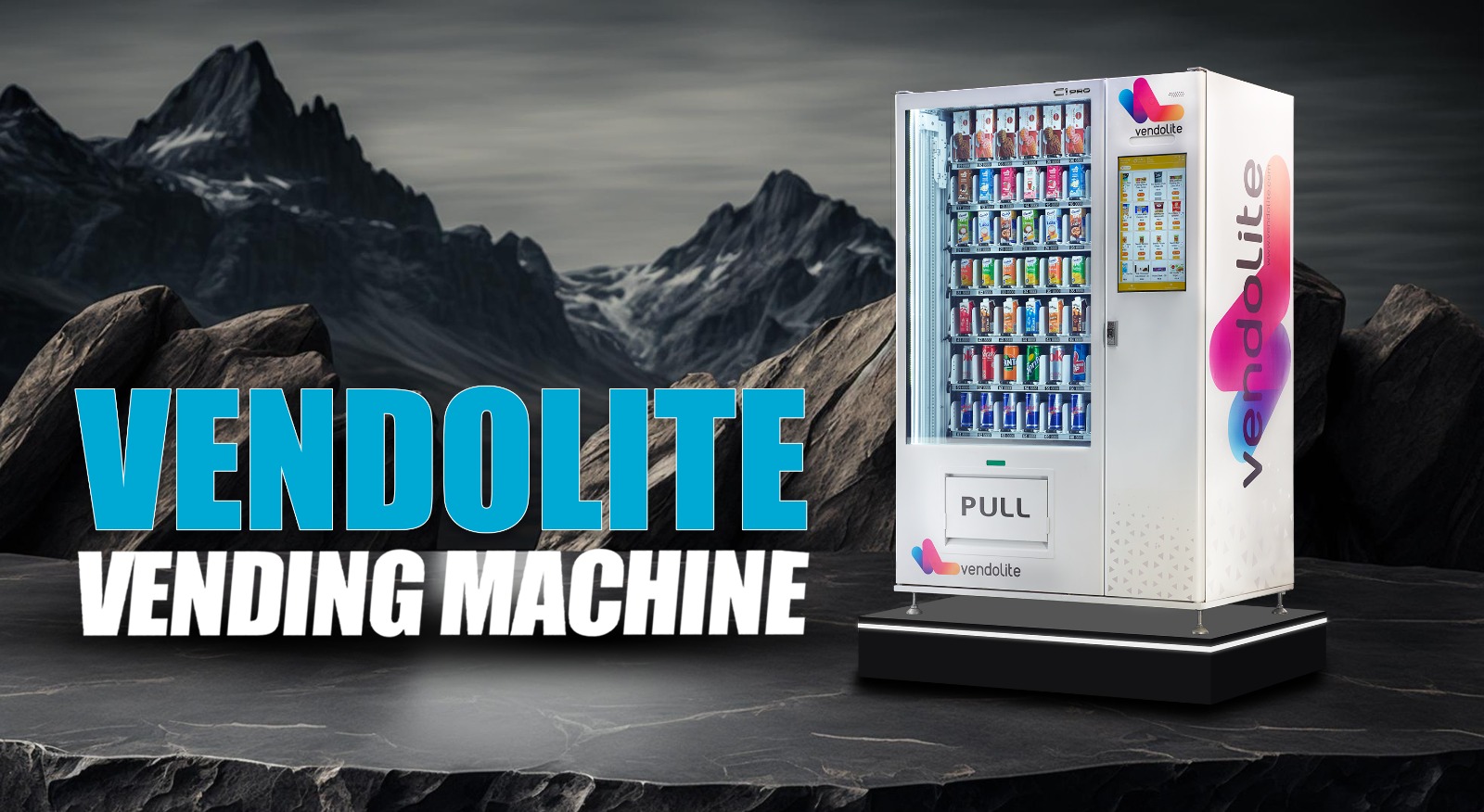Unveiling the Hidden Costs: Integrating Water Footprint in Consumer Choices
- ByVinayak Shete | November 27, 2023

Hidden costs of our purchase choices
As an environmentally responsible business owner or an aware consumer, have you ever had a thought on how to differentiate between a product that is environmentally friendly and which is not? Having an organic, or net neutral claim/ or certification sometimes is not more than a compliance-based approach and comes with the risk of accusation of greenwashing. But, if a product comes with an Eco tag it, let’s say a tag mentioning how many liters of water was consumed to make and bring this product to this point in the value chain or how many Tons of carbon was emitted? Think about it, aren’t these the hidden costs of a consumer’s purchase decision? Information like this can affect the purchasing decisions of consumers. It can also portray a business owner’s commitment to the environment.
If we look at the comparison of jeans in the picture, the same jeans are with different prices and different water consumption numbers. An environmentally sensitive consumer will choose the one with lower water consumption, despite the higher price. Whereas the other consumers will become more aware of the future and will know the implications of their choice. Manufacturers will get a differentiating point, better compliance level, and brownie points for thinking about a sustainable future. Looks like a win-win situation to me.

The need to understand and manage our ecological footprint, particularly in terms of water usage, has never been more critical. This article is motivated by a fundamental desire to raise consumer awareness, advocating for a shift in decision-making by integrating the concept of financial accounting in accounting for carbon and water footprint. It draws inspiration from the well-established framework proposed by Robert S. Kaplan and Karthik Ramanna in their article “Accounting for Climate Change.” This framework speaks on the use of financial accounting principles in carbon accounting whereas I would like to extend and propose it to water footprint accounting.
Water Footprint:
The water footprint, measuring the amount of water used in the production of goods and services, unveils both direct and indirect water consumption. Segmented into green, blue, and grey components, this metric offers a comprehensive understanding of water use, highlighting its source and the volume of freshwater required for pollutant assimilation.
Green Water Footprint: Relevant to agricultural, horticultural, and forestry products, it signifies water stored in the soil’s root zone and utilized by plants.
Blue Water Footprint: Pertaining to surface or groundwater resources, it includes water used in irrigation, industry, and domestic activities.
Grey water Footprint Represents the amount of freshwater required for assimilating pollutants, addressing point-source pollution in freshwater resources.
Inspired by Carbon Footprint Concepts
Acknowledging the limitations of the current water footprint framework, which are, The existing water footprint framework falls short in examining water consumption at distinct points within a value chain and assumes suppliers are exclusively dedicated to one chain. It also assumes a value chain will either have a single supplier at a node or multiple suppliers consuming an identical amount of water. We explore the integration of carbon footprint accounting concepts, particularly Kaplan and Ramanna’s E-liability system. Originally designed for carbon emissions, this system categorizes emissions into scope 1, scope 2, and scope 3, providing a structured approach to addressing both direct and indirect emissions across the entire value chain.
Example Illustration
Consider a hypothetical example of adapting the E-liability concept. The manufacturer’s beginning-of-period E-liability includes two purchased raw materials (RM1 and RM2), created through extraction, production, and distribution processes by upstream suppliers. As the manufacturer converts these raw materials into finished goods (FGA and FGB), the E-liabilities are transferred to the finished goods, accounting for water consumption in both production and the supply chain. These E-liabilities can be carbon emissions or water consumption. It lays a definite accountability of emissions or consumptions on manufacturers. It also makes the purchasers aware of effective measures taken by multiple manufacturers and then chooses or guides them to be effective.
Challenges and Technological Solutions
Despite the potential benefits, challenges in quantifying and aggregating diverse water-related impacts arise due to the absence of standardized measurement units and regional variations in water scarcity. The article “Accounting for climate change” suggests leveraging blockchain technology for smooth E-liability transfers, which I think is the most appropriate technology, which would reduce accounting and auditing costs, and develop an ecosystem of transparent communication. But the real challenge is taking it national and global.
Shaping a Sustainable Future through Informed Choices
This article is not just a technical exploration; it is a call to action for consumers to be cognizant of their choices. Integrating water footprint assessments into decision-making, coupled with innovative frameworks, provides a holistic metric for understanding the dual impact of product purchases. This shift towards a water-resilient marketplace is not only about environmental stewardship but also about empowering consumers to take into account hidden environmental costs and contribute to mitigating the global environmental crisis through conscious and informed decisions. Additionally, it also provides a competitive edge to business owners in differentiating their products and services and contributing to a better future for everyone.
Author – Vinayak Shete (Manager Solution design: Addverb Technologies)










